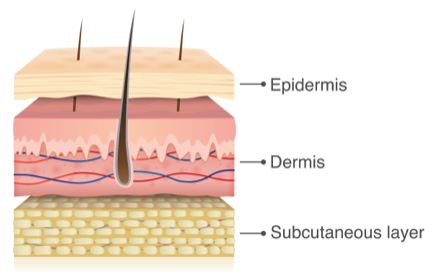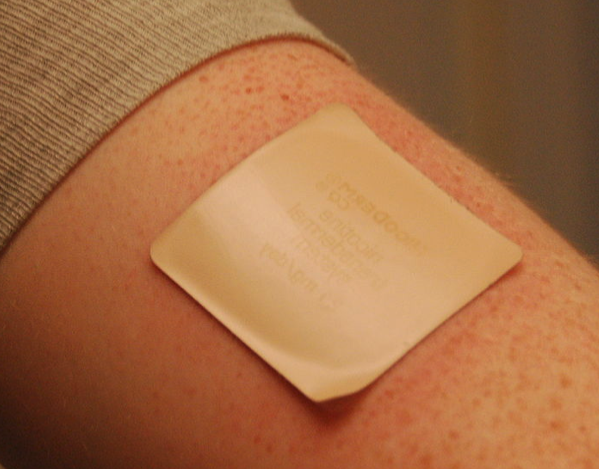Natural Alternatives To Toxic, Oral Medication
Free Shipping on All Orders Over $75 • 100% Money-Back Guarantee
Cole Herbals Blog Articles
ABOUT TRANSMERDAL MEDICINE
Interested in some behind-the-scenes info that will make you feel even better (if that’s possible) about the Dr. Cole’s products you’re using?
We’ll start with a quick overview on why our transdermal remedies are so effective and yet so friendly to your body.
What is Transdermal? Transdermal is a big word that simply describes the process that happens when a substance enters the bloodstream through the skin. “Trans-“ means across or beyond, and “-dermal” means “relating to the skin,” especially the dermis. Put it all together, and you have “beyond the skin.”
The dermis is the middle of three layers of skin that protect our body. It is a thick layer of tissue below the thin outer skin layer—the epidermis. The dermis contains capillaries, nerve endings, sweat glands, hair follicles and more. A lot happens in the dermis!

For many thousands of years, medicine men and women, shamans, and healers of all varieties—including regular people like us—have applied substances onto the skin to achieve therapeutic effects. Those beneficial effects range from being calmed, soothed, and relaxed, to be fully cured of an ailment.

In today’s world, transdermal drug delivery is now an accepted alternative to oral delivery of drugs and to hypodermic injections. But, it wasn’t always that way. The FDA first accepted this approach in 1979, less than 50 years ago. For the first two years, the only approved transdermal drug was scopolamine, used to combat nausea and vomiting caused by motion sickness.
Those of you who suffer from motion sickness are probably very familiar with the patches you can affix to your body a half an hour or so before flying or going deep-sea fishing. They’ve saved many wretched moments for people over the years.

Interestingly, scopolamine—also known as Devil’s Breath—is a poisonous organic compound, obtained mainly from plants of the genus Scopolia. Like many drugs, scopolamine began its existence as a plant.

